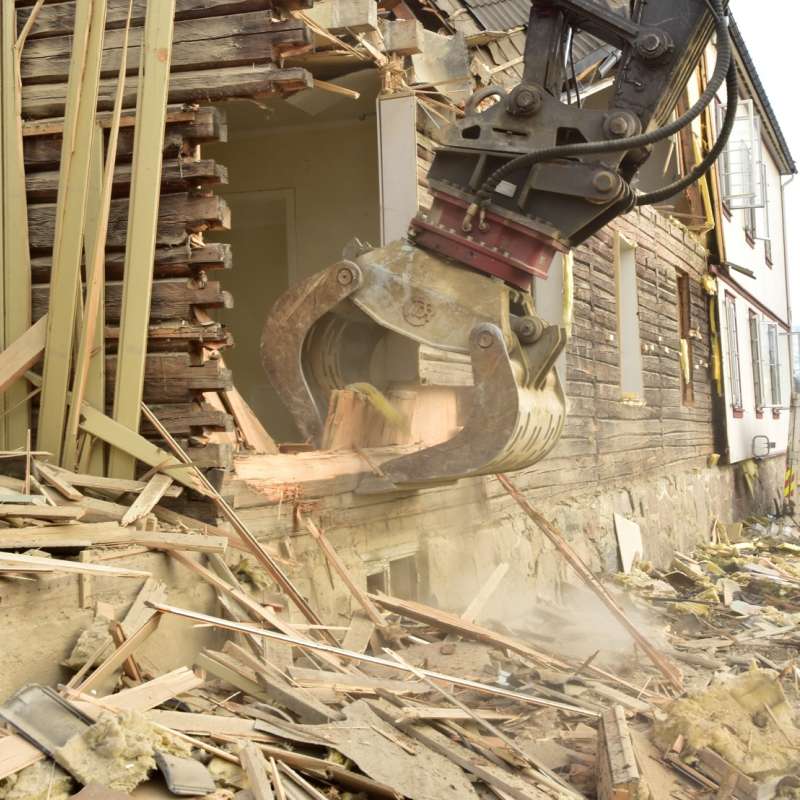Lone Ross
Director
Authors
Gry Alfredsen Michael Altgen Mari S. Austigard Johan Mattsson Maria Nunez Lone Ross Sverre Aarseth Tunstad Andreas Treu Igor A. Yakovlev Nanna Bjerregaard PedersenAbstract
Abstract This study uses a novel combination of DNA metabarcoding, light microscopy, decay rating, moisture dynamics, and chemical analysis to investigate wood decay in cultural heritage cable car pylons in Svalbard. Uniform design but varying ages allowed analysis of time-dependent decay. Light microscopy revealed the use of both Picea abies and Pinus sylvestris . Decay progressed more rapidly near ground contact, influencing density, lignin, and holocellulose content, with lignin increasing over time. DNA metabarcoding and microscopy revealed dominant brown and soft rot fungi, with greater fungal diversity near ground level. Several new fungal species were identified for Svalbard and the polar regions. In the context of climate change, this highlights the global importance of monitoring fungal decay in wooden structures. The study emphasises the need for updated species lists and continuous monitoring, as new fungi may affect conservation strategies. The interdisciplinary method offers deeper insight into microbial interactions than single-method approaches.
Authors
Lone RossAbstract
No abstract has been registered
Authors
Injeong Kim Lone Ross Gry Alfredsen Olov Karlsson Elif Kaynak Oisik Das Dennis Jones George I. Mantanis Dick SandbergAbstract
No abstract has been registered

